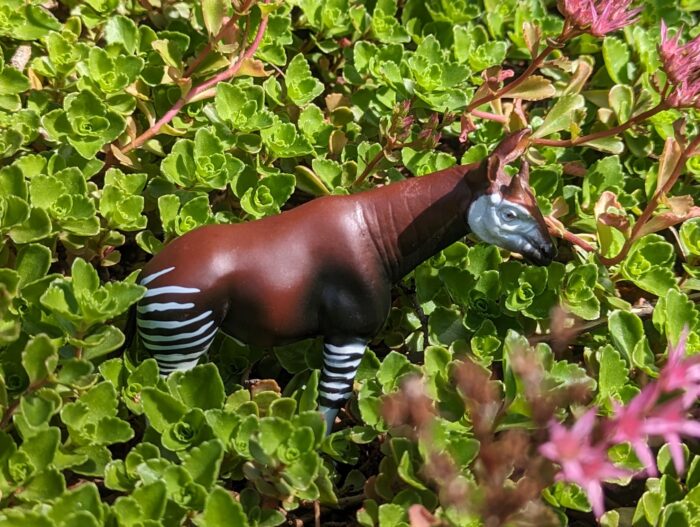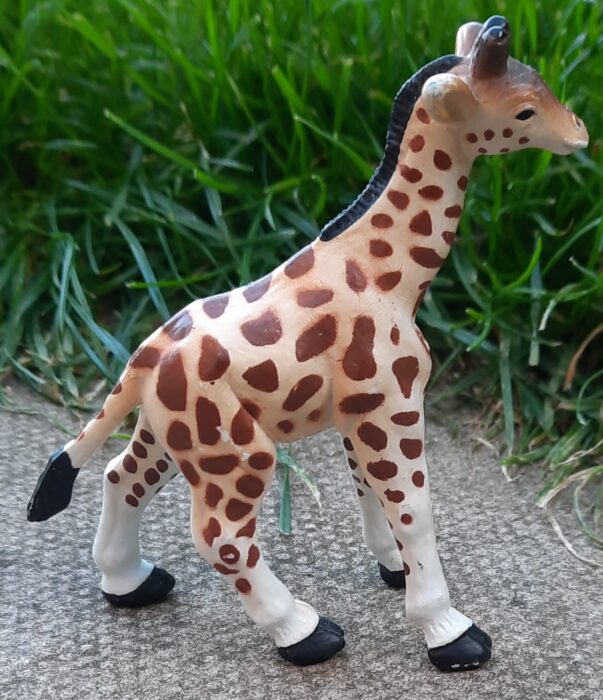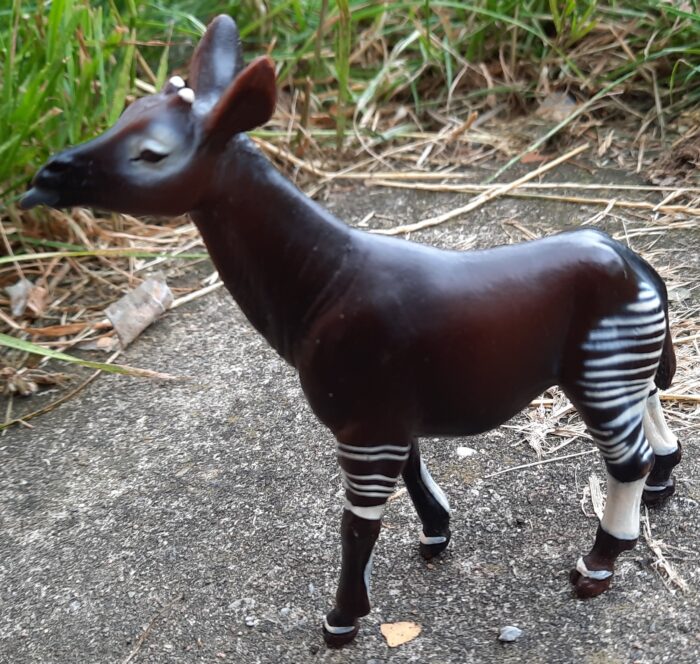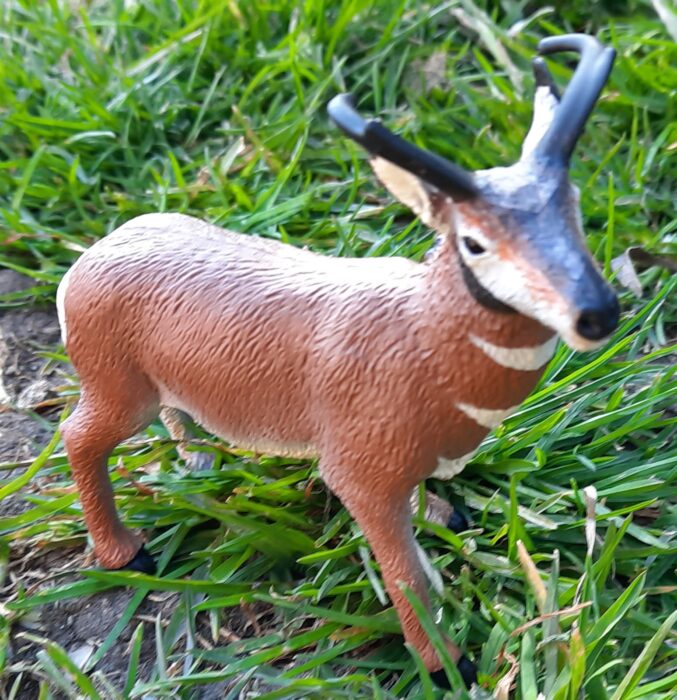Before I start this review I must once again thank @Kenc and our friends at Toymany for donating this review sample, the fourth in a series of six I will be reviewing!
The reticulated giraffe (Giraffa reticulata) breeds every 20-30 months. The gestation period is roughly 457 days.











